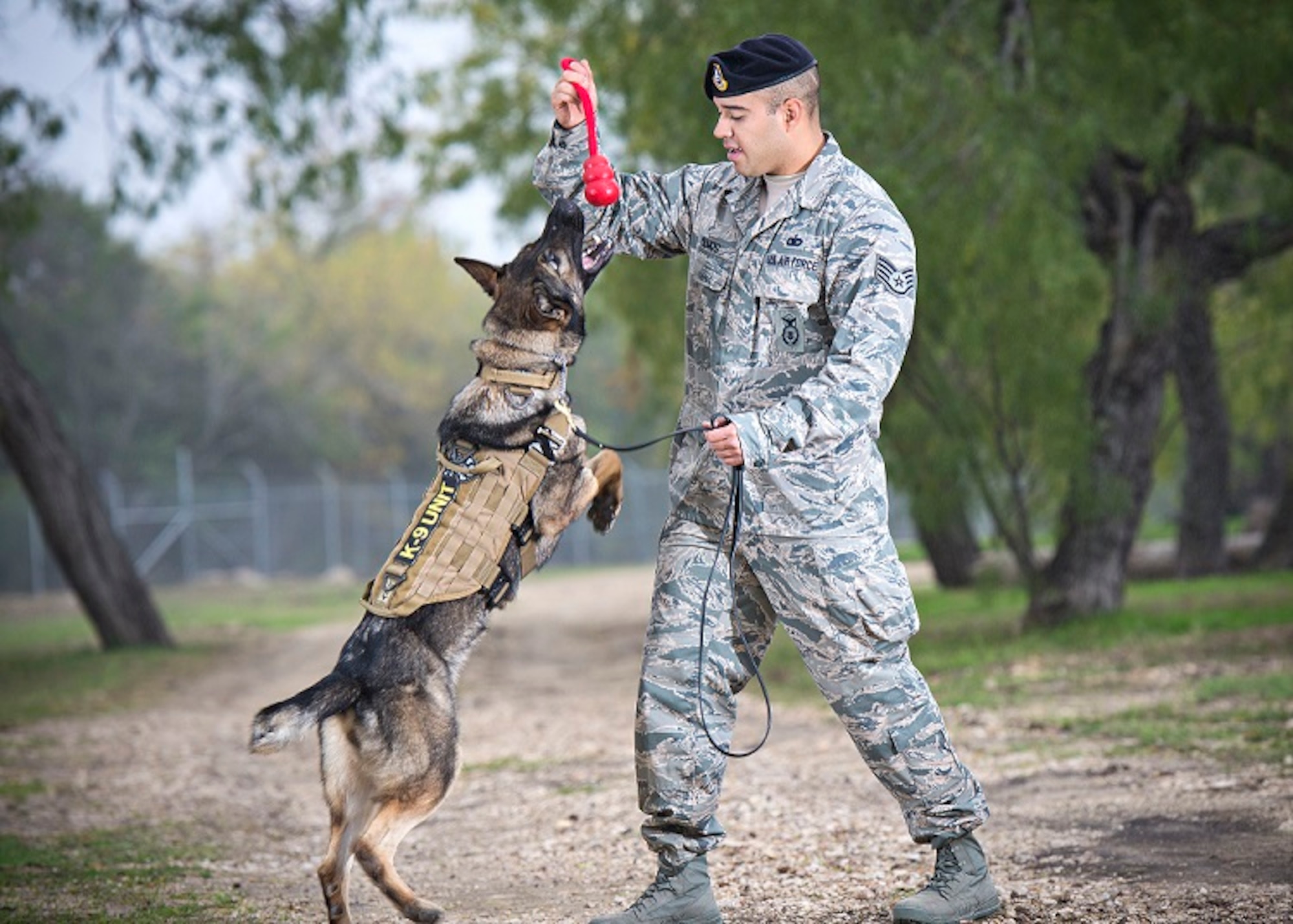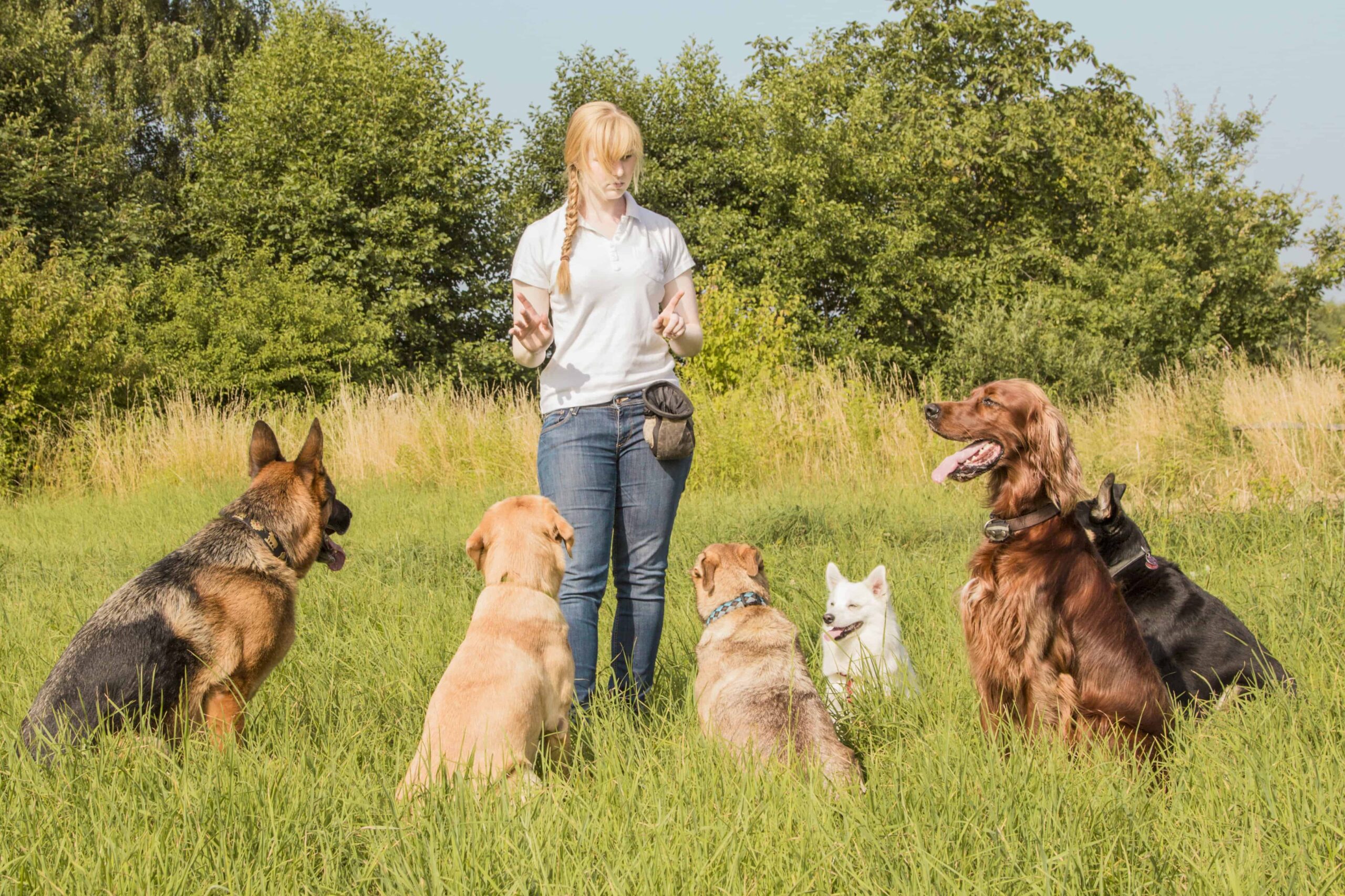How Dog Training Can Improve Your Pet's Quality of Life and Behavior
How Dog Training Can Improve Your Pet's Quality of Life and Behavior
Blog Article
Newbie's Guide to Successful Pet Training at Home
Successfully educating a canine in your home needs a nuanced understanding of canine behavior and reliable communication techniques. Developing clear training objectives, utilizing high-quality incentives, and preserving uniformity across household members are important components. Furthermore, incorporating training right into everyday regimens can boost both involvement and retention. Lots of amateur instructors come across challenges that might impede progression. To navigate these complexities effectively, it's vital to check out several vital elements that can change your technique and lead to a harmonious connection with your family pet. What essential principles should every newbie understanding to make sure success?
Comprehending Pet Behavior
Understanding dog habits is crucial for reliable training and promoting a harmonious relationship in between people and their canine companions. Pet dogs communicate primarily via body movement, articulations, and facial expressions, making it important for owners to analyze these signals accurately. Identifying habits such as tail wagging, grumbling, or trembling can give understandings into a dog's emotional state and purposes.

Common behavioral issues, such as aggression, anxiety, or extreme barking, frequently originate from misconceptions or unmet needs. Observing and dealing with these problems quickly can protect against escalation and make certain a favorable training experience. By fostering a deep understanding of canine habits, owners can customize their training techniques to fit their canine friends, inevitably leading to a happy and well-behaved pet.
Crucial Training Devices
A well-equipped training room can dramatically boost the effectiveness of dog training at home. Necessary training tools make certain that both the fitness instructor and the canine can involve in productive sessions that promote knowing and bonding.

Buying a tough chain and a comfy, well-fitting collar or harness is essential for safety and security and control. These tools assist establish limits and make sure the pet remains protected during training. In addition, a designated training location, without disturbances, aids concentration for both the dog and the instructor.
Training aids such as training pads, cones, or dexterity devices can likewise enhance the experience by presenting range and challenges. Last but not least, having a note pad or electronic app for tracking progression can be important, permitting you to note successes and areas for improvement. Using these necessary tools will create a favorable training environment and lay the foundation for efficient discovering.
Developing an Educating Routine
Developing a consistent training routine is important for efficient pet training in the house. A well-structured routine not just helps in strengthening preferred behaviors however likewise gives your pet with a feeling of security and predictability. To produce an efficient training routine, begin by identifying certain training goals, such as fundamental commands, leash walking, or house-breaking.
Choose a marked time each day for training sessions, ideally when your dog is alert and responsive. Sessions must be brief, roughly 5 to 15 mins, to maintain focus and avoid fatigue. Uniformity in timing and environment will certainly enhance your canine's discovering experience.
Include training into day-to-day activities to enhance skills. Method commands throughout walks or mealtime, which incorporates discovering into natural routines. Furthermore, continue to be adaptable and adjust the routine as necessary, accommodating your canine's energy degrees and mood.
Positive Support Strategies
Favorable reinforcement techniques are fundamental to effective pet training, advertising preferred habits with rewards as opposed to punishment. This technique makes use of positive stimuli, such as deals with, appreciation, or play, to urge pet dogs to repeat details actions. The cornerstone of this approach is timing; incentives ought to be offered promptly complying with the desired habits to produce a clear association.
When implementing positive reinforcement, it is vital to choose benefits that are motivating for your dog. High-value deals with, such as tiny pieces of poultry or cheese, can be especially efficient throughout training sessions. In addition, varying the rewards can preserve your pet's rate of interest and interest.
Begin with straightforward commands, like "rest" or "remain," and progressively progress to more complex jobs. Consistency is key; make certain that all family participants utilize the same commands and benefit systems to stay clear of confusion.
Furthermore, it is essential to stay patient and prevent stress. Canines, like human beings, discover index at their very own rate. By fostering a supportive training atmosphere with positive reinforcement, you can boost your pet dog's understanding experience while strengthening the bond between you and your hairy buddy, preparing for successful training end results.
Typical Training Challenges
While training a pet at home can be a gratifying experience, it often features a collection of common difficulties that can test both patience and uniformity. One common problem is interruption. Pets may become easily sidetracked by sounds, motions, and even aromas in their setting, making it tough to preserve their emphasis during training sessions.
Another challenge is disparity in commands and support. It can confuse the dog and hinder progression if household participants make use of various hints or rewards. Developing a unified method is important for efficient communication.
In addition, pet dogs can experience irritation or stress, specifically if they do not understand what is anticipated of them. This can bring about unfavorable behaviors, such as chewing or barking.
Lastly, the timing of reinforcement is critical (Dog training). Delayed benefits can decrease the effectiveness of favorable support, as canines might fail to connect the behavior with the reward
Conquering these obstacles needs dedication, clear interaction, and a structured training strategy. Recognizing and resolving these typical challenges will certainly lead the way for a more enjoyable and effective training experience at home.
Conclusion
In final thought, effective pet training at home demands a thorough understanding of canine habits and efficient interaction approaches. By developing clear training goals and using high-grade deals with along with favorable reinforcement, the training procedure comes to be extra satisfying for both the dog and the trainer.
Developing a consistent training routine is essential for effective canine training at home.Positive reinforcement methods are basic to efficient dog training, promoting desired behaviors with benefits instead than punishment (Dog training). By fostering a helpful training environment through positive support, you click site can improve your dog's learning experience while reinforcing the bond in between you and your fuzzy companion, laying the groundwork for effective training end results
In verdict, successful canine training at home requires a comprehensive understanding of canine look these up habits and effective communication techniques. By developing clear training objectives and utilizing top quality deals with alongside favorable support, the training procedure comes to be a lot more gratifying for both the pet dog and the instructor.
Report this page